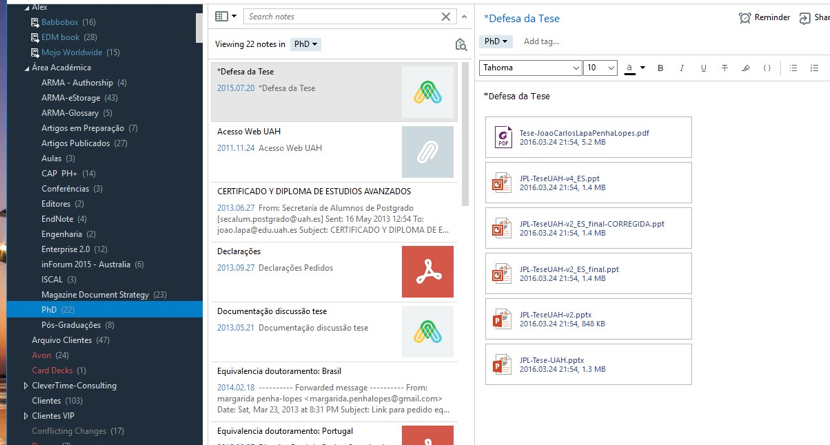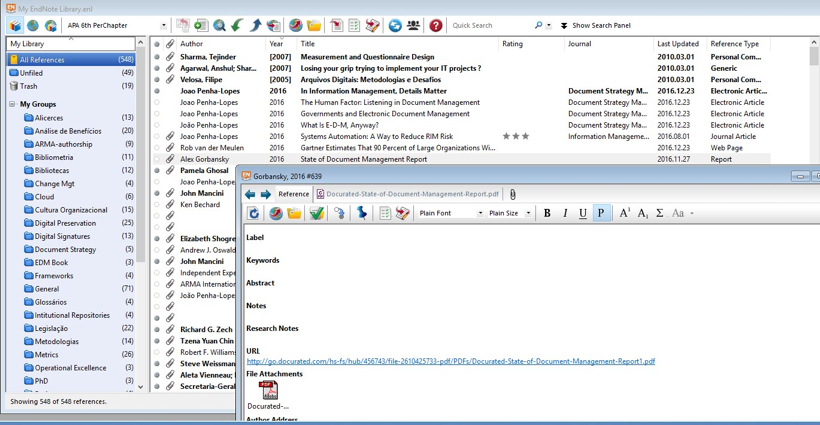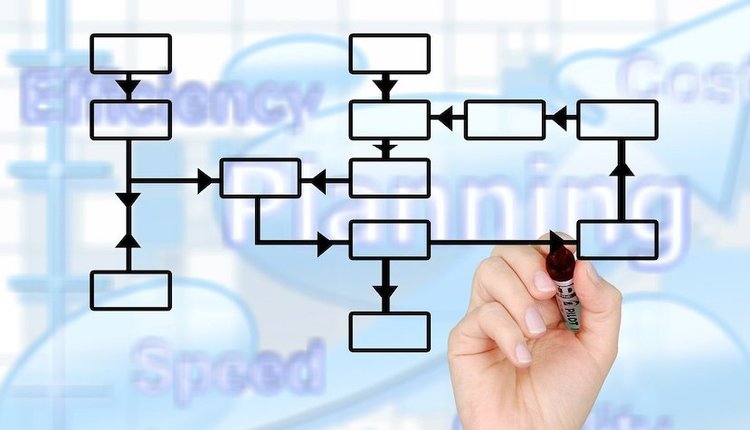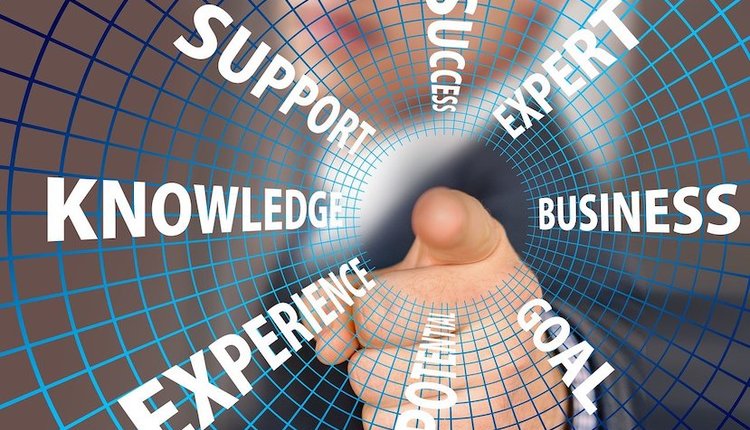
Image by: Clerkenwell, ©2017 Getty Images
Who doesn't face problems and issues when executing on any activity? From vacation travel to our kids' schools activities, to professional projects, to simply choosing a car, jumping from an idea to its reality can be an impossible step. Short of a miracle, it simply doesn't happen. Why am I bringing this subject up? New Year’s resolutions!
For any kind of resolution, it is necessary to adopt a GEOP theory. GEOP stands for "Get, Evaluate, Organize, and Plan." Whether you are in a rush or not, these are the unavoidable steps; it is a fact of life.
Get
When we have an objective, we need to gather the information necessary to achieve it—all sorts of information. We see this in spy movies where they go around to buildings and photograph employees, make note of when staff shifts change, and even record the preferred restaurant of the boss—the works. We need to get information on the subject at hand, whether it concerns choosing a school for our kids, deciding on vacations, or choosing a new database or document management solution.Usually, we get our information from the Internet; nevertheless, for very specific issues, public libraries may have good information already available. At this point, we don't worry about the relevance, or even the accuracy, of the information we are collecting. We will leave those concerns for a later stage. For the time being, if it is information related to our purpose, we harvest it, and then we will see.
Evaluate
After collecting information, we definitely must evaluate it. The X-Files stated, "The truth is out there," and so is rubbish. Rubbish can have a very broad spectrum: from pure lies to scandalous omissions, you name it.We need to evaluate the information we gather. Evaluation demands that we try to access reputable sources. In addition, comparing different sources concerning the same subject will also be in order. Using our own minds to check what kind of information we need and what information can't be found anywhere else will also allow us to ask the correct questions. Yes, evaluation may present itself in the form of visits and telephone/Skype calls—whatever it takes to leave us with accurate information concerning our aims. Accurate information is different from its degree of relevancy. We will take care of this in the next step.
Organize
Ah, here is where the plot thickens: At this moment, we have a lot of information, which is good information, but some surely more relevant than others. Some information will be more specific to particular areas of our subject, and we may even have information that will need some processing before we can use it. So, where do we start?I admit that there are different ways to approach this issue:
- If we have a precise objective, we may start at the end and identify the milestones backwards. For each milestone to be reached, we identify what information is relevant for this particular milestone, and we associate it with this milestone. This is a very pragmatic approach and quite efficient but leaves no space to go beyond what has initially been planned.
- Another way, considering that we have a specific objective to reach, is to start with what we have currently and identify the next milestone from the information we collect. This obliges us to analyze everything with greater care, but we may be surprised by finding out, “Oh, I can do this. I will go this way” or “What if…?” This will allow us to reach our initial aim and, eventually, well beyond it, with a lot of added benefits that hadn't been considered at the beginning of the process. This is what one could call a discovery project.
Plan
So, we have already collected, evaluated, and organized information so we have all that is necessary to plan for the action we want or need. To plan is to draw the milestones on the path to meeting the objective. If it is not possible to get to a milestone because of lack of information, then GEO must be performed again and more attention must be paid next time. Although only at the plan phase do we define the details we should have, a good idea of what is needed at the time occurs in getting the information. Some people are really gifted at this, but for the rest of us common mortals, it is an acquired ability that grows with training.During this planning is when you may also insert alternatives to continue to move on in case some milestone is not achieved correctly or in time. This is useful because some of the tasks between milestones are executed outside of our control. “What if” questions are a good exercise for the team after a plan is laid out in order to minimize mitigation if something doesn't go according to plan.
Helpful Software Tools
There are a number of software tools that may help you sort through the steps above. Again, there is nothing you can’t do with a brain, pencil, and paper! Software tools do not think on your behalf; they just speed up your work.1. Mind mapping
Mind mapping is a non-linear notepad. You can just think about subjects and fill your map in the right places, so later on, you can understand the big picture.

I use a free tool called Freeplane, and all my new projects start from here. Once I identify the areas of interest, I start collecting information about them and relate those areas. It is possible to insert comment and links to the Internet to make sure we do not forget the initial logic.
There are a lot of alternatives to this software, even paid ones, as any Google search will show.
The documents created with this tool go into Evernote.
2. Gathering information
For this purpose, I use a tool called Evernote. It allows me to create notebooks and associate them under a common subject. Each notebook is filled with different notes.

This is an example using my common subject, “Academic Area,” under which there is a notebook called PhD, which has 22 notes in it. Each note relate to a particular issue where I can fill in files, links, reminders, and the works. Search features are quite extensive.
Although there is a free version of the software, I use the Premium product, which is paid for once, because I do need the functionality. The best-known alternative is Microsoft’s OneNote; I do like Microsoft products, but the only reason not to use it, in this case, is the reminder functionality of Evernote, which is my shadow secretary and never lets me forget a task.
3. Reference manager
Sometimes, we need to write stuff where it is necessary to mention the source of the information (this is actually a very good and sound principle), and for this purpose, I use a software tool called Endnote. It is a paid software product, but there are others in the market that are even free but with less functionalities.

For a first step, I create groups of documents related in general to a particular subject, and then I classify and store my sources of information, keeping links and the files themselves so that they are always available to search and view. The software integrates with Microsoft Word, which makes the insertion of citations and bibliography a breeze. The documents created with this tool go into one of the Evernote notes.
Getting information is easy. Organizing it in a way that provides added value is the hard bit. May you all have an excellent 2017.
Joao Penha-Lopes specializes in document management since 1998. He holds two postgraduate degrees in document management from the University Lusofona (Lisbon) and a PhD from Universidad de Alcala de Henares (Madrid) in 2013, with a thesis studying the economic benefits of electronic document management (EDM). He is an ARMA collaborator for publications and professionally acts as an advisor on critical information flows mostly for private corporations. Follow him on Twitter @JoaoPL1000.
















